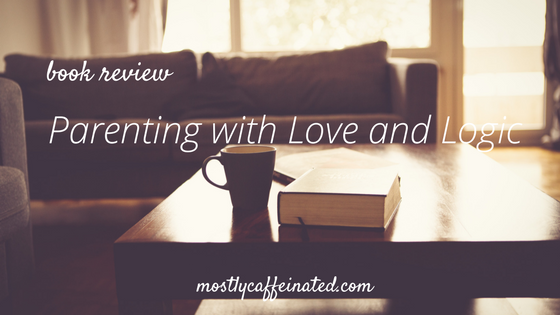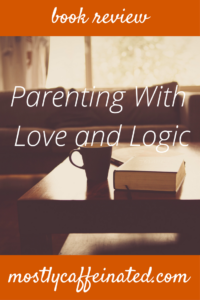Yes, Outlander the TV series.
Revived my (Christian, commited, monogamous, first and only) marriage.
If you’re not familiar with the book series or STARZ show, please know that neither are safe for work or children, and this post may not be entirely PG either.

Let’s start from a place of clear understanding:
My marriage has never been, per say, “in danger.” I don’t have “problems” that really need “saving.” (Hence why I chose the word “revived” not “saved.”) My husband is wonderful. We’ve built quite a life for ourselves out of nothing but tenacity and elbow grease. He’s a model father. I have no complaints.
What I did have was complacency.
Now, Outlander is quite the spectacle, as TV shows go. Being that it’s made for cable, it can get away with far more risque material than a network TV series could. I actually don’t know what it’s technically rated, but it’s definitely racy, scandalous, graphically violent, and sexual in nature. There is nudity – quite a bit of it. There are intimate scenes in nearly every episode. There is rape, and murder, and foul language, and all sorts of things that I wouldn’t guess would be beneficial to any marriage, and certainly not to a Christian one. I feel like saying “Outlander revived my marriage” sounds outrageous, like those who claim viewing pornography enhances their marriage (it doesn’t.)
But hear me out.
What struck me about this show, hooked me, and kept me (binge) watching through all 3 available seasons, was the marriage of the two main characters. Yes, they are very physically attractive people, and yes the drama of the plot sucks you in. But what captured me right from the get-go was the fact that their relationship is, foremost, a marriage. All of those sensual scenes take place within the context of marriage. And their fictional marriage is actually built on an extreme commitment, rarely found in stories (and probably even in real life.)
Of course it’s sensationalized. No real couple would face even half of the perils these two face, and in Western society it’s highly doubtful that a marriage would be agreed to under the circumstances theirs was. I’m not crazy.
But let me tell you, as the parents of four children, in our 8th year of marriage, there was a chasm of possibilities between where we were and where Jamie and Claire were.
————-
I wouldn’t choose “bored” to describe how I felt about my marriage. My husband is, in all honesty, the funniest and most interesting person I know. I would gladly spend all day every day just talking to this guy about any random topic that presented itself.
Perhaps ” too comfortable” could begin to label it. So comfortable that I no longer felt any pressure to prove my commitment, display particular physical affection, or act on my job as life partner to my husband.
As I watched the (extremely dramatic) marriage of Jamie and Claire play out on the screen, I was reminded to do all of these things. I was reminded that part of what makes the beginning of a marriage exciting and wonderful is the intentional behavior of the spouses. That adversity (which I don’t actually have right now) can drive people together because it forces them to go to bat for each other, and fight for their spouse (though usually not with actual weapons.) That a person needs to dig deep to support their spouse, needs to display outwardly the unconditional commitment they chose to pledge that person.
————-
The series is so well-acted and beautifully filmed that it is extremely poignant. It stuck with me, every episode of it, and quickly wormed its way into my subconscious and began affecting my behavior. Often, media affecting behavior is a bad thing, but in this case it caused me to be a better wife.
As I watched Jamie’s character and read many envious real-life women lament the lack of “real gentleman” in their husbands, I realized I have a Jamie. I certainly hope my husband never finds himself leading a rebel army, tortured in prison, shipwrecked, etc, but he certainly possesses the same unwavering commitment to me and treasures me the way Jamie does Claire. He’s tried to tell me as much before, and I always treated it as romantic nothings. Watching a fictional character play out these qualities in an arranged marriage apparently drove it home for me.
And I watched what sorts of things could be overcome, forgiven, smoothed over, and healed by a wife. How a strong wife can really be half of a dynamic team, without emasculating the husband. How allowing him to revere her (rather than cutting herself down) can strengthen the marriage and validate him. How many different levels of intimacy can be present in a healthy marriage, how they could possibly play out in day-to-day settings, how integral sex really is to a marriage.
————-
Could I have figured this out some other way? Sure! Are these all facts I have read and heard before? Yes. Did I have head knowledge of all of this and still stubbornly refuse to use it? You bet.
Something about my consumption of this series got my attention in the way books, experts, and even my own husband have never gotten my attention before. And in the weeks since I watched it, I’ve been a much better partner in so many ways, and have been actively enjoying my marriage like never before. In a fair number of ways, our relationship is the best it’s ever been (leaving up to your imagination what ways those are!)
And none of this is coming from a lustful place. None of it is imagining I’m with someone else, or pretending my life includes people or situations it does not. These kinds of fantasies can sometimes give a false notion of marital improvement, but actually are harmful long term. It is entirely recognizing my own amazing husband and my own shortcomings within the fiction.
What’s something unexpected that has improved your marriage?




